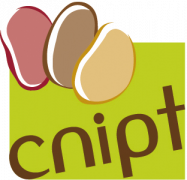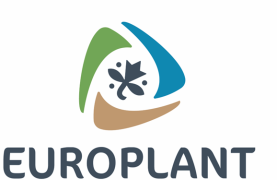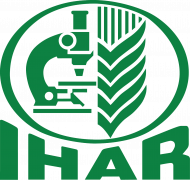Abstract
Potato (Solanum tuberosum L.) is a crop susceptible to infection by microorganisms such as Fusarium spp., which are usually controlled with chemical fungicides. However, these fungicides can cause adverse effects on human and ecosystem health. Thus, the search for non-toxic alternatives is essential to reduce the negative impact of fungicides. This study aimed to identify fungal isolates from potato minitubers that were showing dry rot symptoms and evaluate whether the combination of chitosan (CH) and sodium octanoate (SO) exhibits higher antifungal effects in vitro and in vivo than the application of individual compounds. Five pathogens of the Fusarium genus were isolated. The most aggressive isolate (AUC-TZ-1) showed 98.67% identity with F. sambucinum, which was previously reported as a potato pathogen. The antifungal index (AI) of CH, SO and the CH + SO biocomposite showed that individual compounds and the biocomposite led to significant inhibition (p ≤ 0.05) of the mycelial growth of the pathogen by 100%, 62.1% and 100%, respectively, at the highest concentrations tested (7.5, 0.49 and 7.5 + 0.49 mg/mL, respectively). However, only CH and CH + SO caused a significant reduction in the dry rot severity index of potato minitubers inoculated with F. sambucinum (AUC-TZ-1). The results suggest that these compounds could be used in postharvest potato dry rot control.















